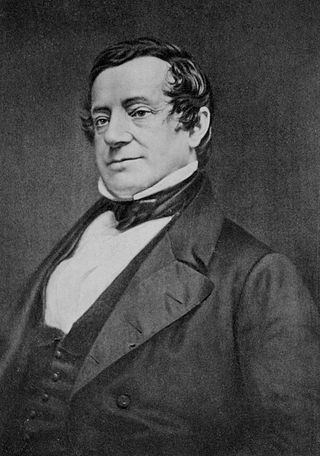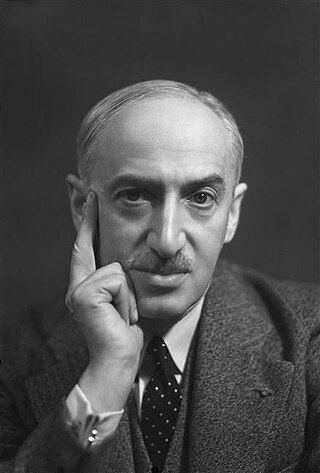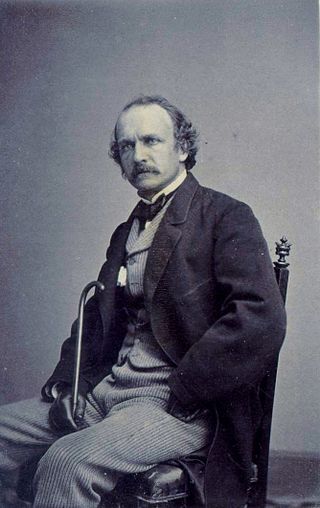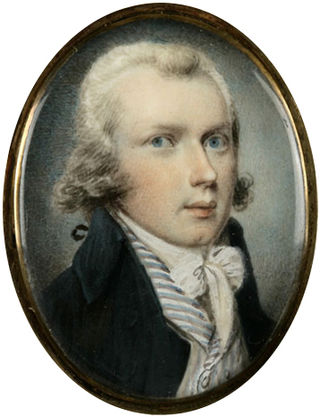Related Research Articles

Washington Irving was an American short-story writer, essayist, biographer, historian, and diplomat of the early 19th century. He wrote the short stories "Rip Van Winkle" (1819) and "The Legend of Sleepy Hollow" (1820), both of which appear in his collection The Sketch Book of Geoffrey Crayon, Gent. His historical works include biographies of Oliver Goldsmith, Muhammad, and George Washington, as well as several histories of 15th-century Spain that deal with subjects such as the Alhambra, Christopher Columbus, and the Moors. Irving served as American ambassador to Spain in the 1840s.

Samuel Dashiell Hammett was an American writer of hard-boiled detective novels and short stories. He was also a screenwriter and political activist. Among the characters he created are Sam Spade, Nick and Nora Charles, The Continental Op and the comic strip character Secret Agent X-9.

Rockwell Kent was an American painter, printmaker, illustrator, writer, sailor, adventurer and voyager.

Benjamin West was a British-American artist who painted famous historical scenes such as The Death of Nelson, The Death of General Wolfe, the Treaty of Paris, and Benjamin Franklin Drawing Electricity from the Sky.

Benjamin Nathan Cardozo was an American lawyer and jurist who served on the New York Court of Appeals from 1914 to 1932 and as an Associate Justice of the Supreme Court of the United States from 1932 until his death in 1938. Cardozo is remembered for his significant influence on the development of American common law in the 20th century, in addition to his philosophy and vivid prose style.

Harold Witter Bynner, also known by the pen name Emanuel Morgan, was an American poet and translator. He was known for his long residence in Santa Fe, New Mexico, and association with other literary figures there.

Harry Elkins Widener was an American businessman and bibliophile, and a member of the Widener family. His mother built Harvard University's Widener Memorial Library in his memory, after his death on the foundering of the RMS Titanic.

André Maurois was a French author.

Synchromism was an art movement founded in 1912 by American artists Stanton Macdonald-Wright (1890–1973) and Morgan Russell (1886–1953). Their abstract "synchromies," based on an approach to painting that analogized color to music, were among the first abstract paintings in American art. Though it was short-lived and did not attract many adherents, Synchromism became the first American avant-garde art movement to receive international attention. One of the difficulties inherent in describing Synchromism as a coherent style is connected to the fact that some Synchromist works are purely abstract while others include representational imagery.

Felix Octavius Carr Darley, often credited as F. O. C. Darley, was an American illustrator, known for his illustrations in works by well-known 19th-century authors, including James Fenimore Cooper, Charles Dickens, Mary Mapes Dodge, Nathaniel Hawthorne, Washington Irving, George Lippard, Henry Wadsworth Longfellow, Donald Grant Mitchell, Clement Clarke Moore, Francis Parkman, Harriet Beecher Stowe and Nathaniel Parker Willis.

John Quinn was an Irish-American cognoscente of the art world and a lawyer in New York City who fought to overturn censorship laws restricting modern literature and art from entering the United States.
René d'Harnoncourt was an Austrian-born American art curator. He was Director of the Museum of Modern Art, New York, from 1949 to 1967.
Irving Sandler was an American art critic, art historian, and educator. He provided numerous first hand accounts of American art, beginning with abstract expressionism in the 1950s. He also managed the Tanager Gallery downtown and co-ordinated the New York Artists Club of the New York School from 1955 to its demise in 1962 as well as documenting numerous conversations at the Cedar Street Tavern and other art venues. Al Held named him, "Our Boswell of the New York scene," and Frank O'Hara immortalized him as the "balayeur des artistes" because of Sandler's constant presence and habit of taking notes at art world events. Sandler saw himself as an impartial observer of this period, as opposed to polemical advocates such as Clement Greenberg and Harold Rosenberg.
Geoffrey Theodore Hellman was an American journalist and staff writer for The New Yorker.

Albert Eugene Gallatin was an American artist. He wrote about, collected, exhibited, and created works of art. Called "one of the great figures in early 20th-century American culture," he was a leading proponent of nonobjective and later abstract and particularly Cubist art whose "visionary approach" in both collecting and painting left "an enduring impact on the world of modern art."

Archibald Robertson was a Scottish born painter who operated the Columbian Academy of Painting in New York with his brother Alexander. Known for his miniature portrait paintings, he was asked to paint George and Martha Washington soon after coming to the United States from Scotland. He also made watercolor landscape paintings and engravings. His book Elements of the Graphic Arts was published in 1802.

Merton Clive Cook, also known as Merton Clivette, was an American painter, magician, writer, vaudevillian and entertainer who spent most of his early life traveling the world entertaining before settling in New York to paint permanently. As a very highly regarded American artist of the early 20th century by his peers, his style can be identified with the American expressionist movement. Clivette is also known to be one of several artists who most defined the Ashcan realism period in New York at that time. Clivette was demonstrated artistic talent painting in a free flowing manner rarely painting over a line twice. During the 1920s his style evolved as he moved from realism toward expressionism eventually moving on to figurative and the abstract.
Benjamin Abramowitz was an American painter, printmaker, and sculptor. First recognized for his contribution at age 19 as senior artist with the Federal Art Project of the Works Progress Administration (WPA) in New York City, he is among the most respected Washington, D.C., artists of the past century.
Eugene Victor Thaw was an American art dealer and collector. He was the owner of an art gallery on Madison Avenue in Manhattan, and a past president of the Art Dealers Association of America. With his wife, Clare, he donated over 1,000 works of art to the Fenimore Art Museum and the Morgan Library & Museum.

Dominick Lynch was an Irish born American general merchant and wine merchant who made his fortune in Bruges, Austrian Netherlands and then New York City, founding what is today Rome, New York originally referred to as Lynchville.
References
- ↑ Birmingham, Stephen (1967). "Our crowd": The great Jewish families of New York. Harper & Row. p. 244.
- ↑ Myers, Andrew B., ed. (1976). A Century of commentary on the works of Washington Irving, 1860-1974. Tarrytown, NY: Sleepy Hollow Restorations. p. 147. ISBN 091288228X.
- ↑ Bruccoli, Matthew J. (2010). On books and writers : selected essays. University of South Carolina Press. p. 173. ISBN 9781570039027.
- ↑ Leary, Lewis (1976). American literature : a study and research guide. St. Martin's Press. p. 107.
- ↑ O'Neill, Edward H. (1961). A history of American biography, 1800-1935. A.S. Barnes. p. 210.
- ↑ "Hellman Takes Post". The Art Digest. 2 (6): 7.
- ↑ Polenberg, Richard (1997). The world of Benjamin Cardozo : personal values and the judicial process. Harvard University Press. p. 4. ISBN 0674960513.
- ↑ "Original Drawings by Artists Shown: George S. Hellman Collection Covers Wide Range". New York Herald. January 4, 1920. p. 15.
- ↑ "The Rosy-Hued Collector's Art: George S. Hellman Sees a World on View". The Brooklyn Daily Eagle. February 27, 1927. p. 88.
- ↑ "Author Hellman Dies". Los Angeles Mirror. July 18, 1958. p. 9.